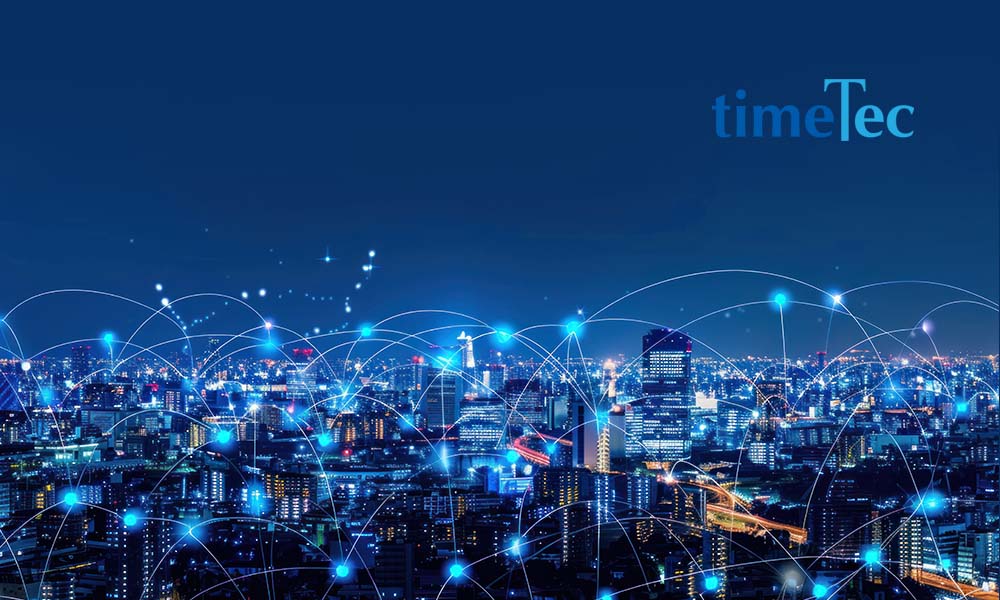Many modern ELV (Extra Low Voltage) devices now exhibit IoT (Internet of Things) characteristics, blurring the traditional lines between the two categories. However, before we delve into their hybrid characteristics, we should first understand their original definitions and purposes. Here’s a breakdown of the key differences:
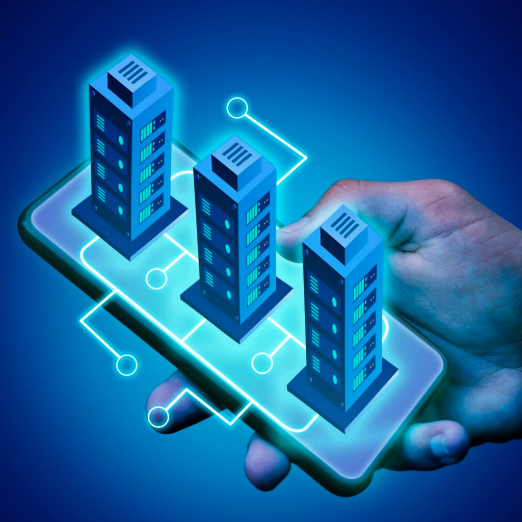
1.Definition & Purpose
ELV (Extra Low Voltage):
• Refers to electrical systems that operate at voltages lower than standard mains power (usually below 50V AC or 120V DC).
• Primarily used for safety and control systems in buildings.
IoT (Internet of Things):
• Refers to a network of interconnected devices that collect and exchange data over the internet.
• Used for automation, data analytics, and smart system integration.
2. System Examples
ELV Systems Include:
• CCTV surveillance systems
• Access control systems
• Public address (PA) systems
• Fire alarm systems
• Structured cabling (for data and telecom)
• SMATV (Satellite Master Antenna TV)
IoT Systems Include:
• Smart lighting systems
• Smart thermostats (HVAC control)
• Smart parking sensors
• Environmental sensors (air quality, humidity, motion)
• Connected home/building automation devices
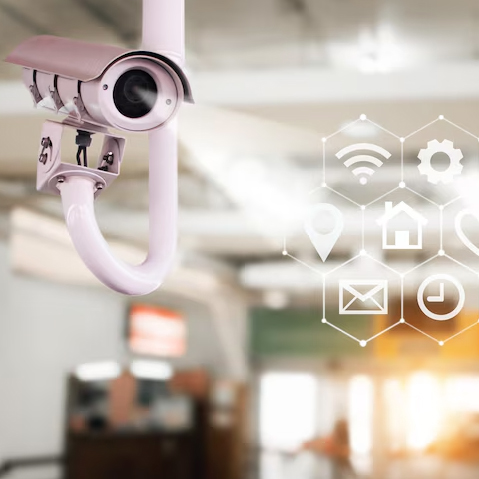

3. Integration Layer
ELV:
• Typically hardware-based and standalone, though newer systems may allow limited integration via centralized control panels or a Building Management System (BMS).
IoT:
• Software- and cloud-driven, with high flexibility for integration across multiple systems (ELV, building services, mobile apps, analytics platforms).
4.Communication Protocols
ELV:
• Uses protocols such as RS485, analog signals, coaxial cables, or proprietary low-voltage wiring.
IoT:
• Uses digital and internet-based protocols such as Wi-Fi, Zigbee, LoRaWAN, MQTT, Bluetooth, or cellular networks (4G/5G).
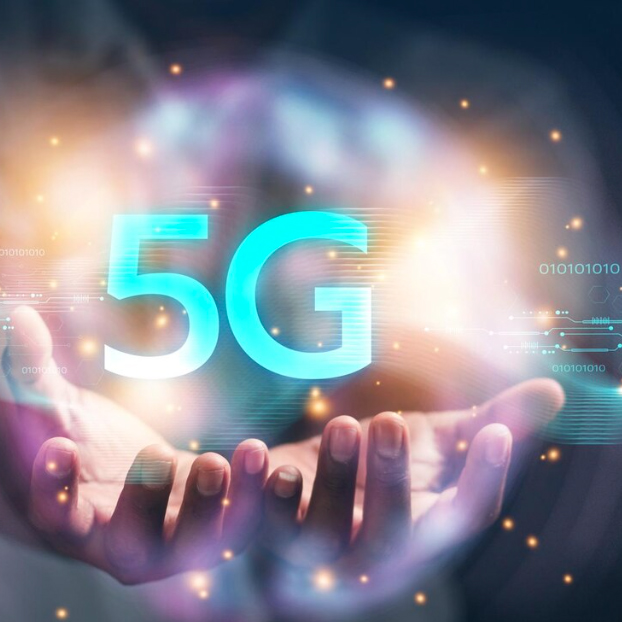

5.Data & Intelligence
ELV:
• Mostly reactive and function-specific, with limited data logging or analysis.
IoT:
• Proactive, supports real-time data collection, remote monitoring, AI integration, and predictive analytics.
6.Security & Updates
ELV:
• Typically fixed systems with limited need for updates. Security is often physical (e.g., locked control rooms).
IoT:
• Requires regular software/firmware updates. Cybersecurity is a major concern due to internet connectivity.
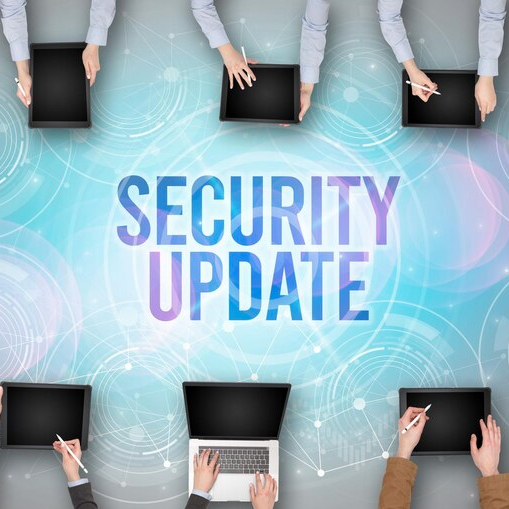
| Aspect | ELV | IoT |
|---|---|---|
| Voltage | <50V AC or <120V DC | Not voltage-dependent |
| Nature | Electrical & hardware-based | Data, software & internet-based |
| Integration | Limited | Highly integrative |
| Intelligence | Minimal | High (smart, analytics-ready) |
| Communication | Wired, low-voltage signals | Internet, wireless protocols |
| Update Capability | Rarely updated | Frequently updated |
Modern Hybrid Devices
In today’s implementations, it’s increasingly rare to find ELV devices without IoT characteristics. When an ELV device gains network connectivity, cloud integration, and remote control, it becomes both ELV and IoT—a hybrid device. These modern devices are commonly referred to as IoT-enabled ELV devices or simply Smart ELV systems.
Examples
| Device | Traditional ELV | IoT Capabilities | New Classification |
|---|---|---|---|
| IP CCTV Camera | Uses low voltage, wired | Streams over internet, mobile alerts | Smart ELV / IoT-Enabled CCTV |
| Smart Door Lock | 12V powered, access control | Wi-Fi control, mobile app integration | IoT Access System |
| Fire Alarm Panel | Low-voltage system | Cloud-based alerting and monitoring | IoT-Integrated Fire System |

What Makes an ELV Device IoT-Capable?
A device can be considered IoT (in addition to being ELV) if it meets at least the following criteria:
• Internet or network connectivity (wired, Wi-Fi, 4G, etc.)
• Remote data exchange (sending or receiving)
• Cloud or mobile app integration
• Capability for automation or analytics
In short, if a device only operates locally with no network interaction, even if it’s digital, it remains an ELV device, not IoT.
Project Implications
Upgrading an ELV system to an IoT level impacts project planning and implementation in three levels:
- Design & Installation: ELV specialists handle cabling and installation, while IoT specialists manage app setup, cloud configuration, and system integration.
- Maintenance: ELV systems require electricians, whereas IoT systems need IT and networking support.
- Procurement & Documentation: Specifications may need to state “IoT-capable ELV systems” or “Smart ELV” to reflect these dual capabilities.

Conclusion
As modern buildings increasingly adopt “Smart” features, developers and consultants must broaden their planning scope. It is essential to consider not only the technical design but also the user-level experience and connectivity requirements before handing over the buildings to owners or occupants. Understanding the hybrid nature of ELV and IoT systems is a critical step toward creating future-ready infrastructure.
03-8070 9933 • Email • www.timeteccloud.com • Interest Form
